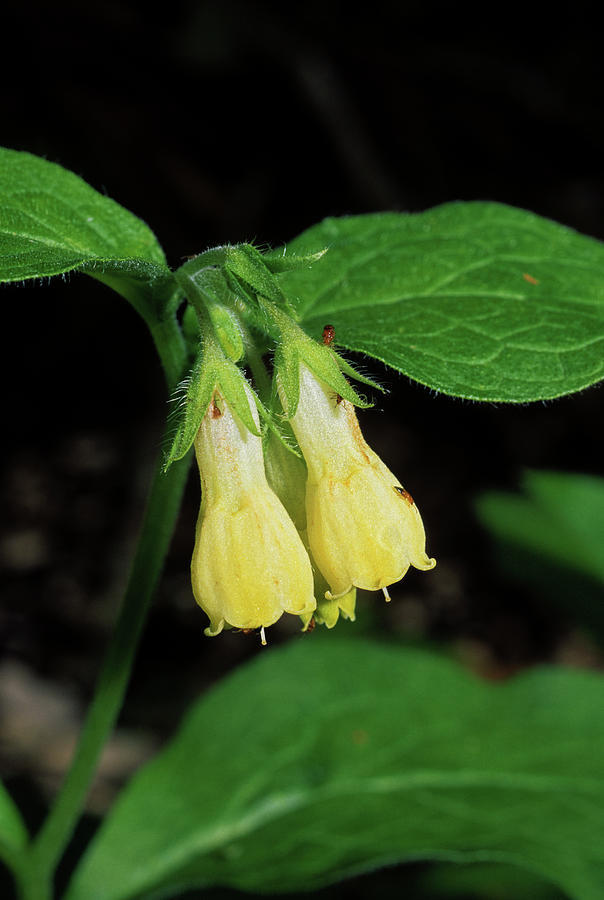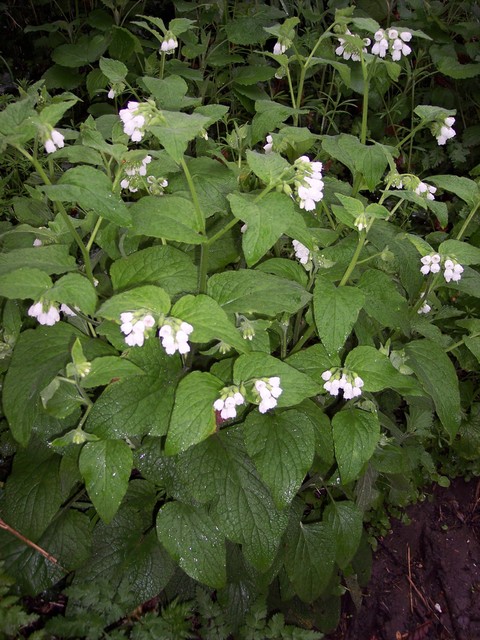

Therapeutic approaches include avoiding intake and, if hepatic failure is imminent, liver transplantation. In Irish it is aptly known as Lus na gCnmh mBriste - the plant for broken bones.
Symphytum comfrey how to#
Patients may present with either acute or chronic clinical signs with portal hypertension, hepatomegaly and abdominal pain as the main features. Botanical names: Symphytum officinale How to Use It Fresh, peeled root or dried root, approximately 3.5 ounces (100 grams), is simmered in 1 pint (500 ml). Symphytum is the Greek for to grow together derived from Symphyto to unite. Large, pointed, hairy, ovate-lanceolate, dark green basal leaves grow to 8 long. The main liver injury caused by comfrey ( Symphytum officinale) is veno-occlusive disease, a non-thrombotic obliteration of small hepatic veins leading to cirrhosis and eventually liver failure. Symphytum officinale, commonly called comfrey, is a large, coarse, tuberous-rooted, clumping perennial (to 3’ tall and 2.5’ wide) that is primarily grown today as an ornamental for its attractive foliage and spring flowers. This produces highly reactive pyrroles which act as powerful alkylating agents. The mechanisms by which toxicity and mutagenicity are conveyed are still not fully understood, but seem to be mediated through a toxic mechanism related to the biotransformation of alkaloids by hepatic microsomal enzymes. Generally speaking, the root has higher levels of these molecules than the leaves. Even long term use of very small doses can be harmful, as the damage is cumulative and the damage is irreversible. These effects are most likely due to various hepatotoxic pyrrolizidine alkaloids such as lasiocarpine and symphytine, and their related N-oxides. In humans, use of comfrey for as little as 5 days (in children) or 19 days (in adults) has resulted in severe liver damage and death. Only recently was the use of comfrey leaves recognized as a substantial health hazard with hepatic toxicity in humans and carcinogenic potential in rodents. In Western Europe, comfrey has been applied for inflammatory disorders such as arthritis, thrombophlebitis and gout and as a treatment for diarrhoea. Pyrrolizidine alkaloids have been associated with substantial toxicity after their ingestion as tea and in the setting of contaminated cereals have led to endemic outbreaks in Jamaica, India and Afghanistan.


Herbal medication has gathered increasing recognition in recent years with regard to both treatment options and health hazards.


 0 kommentar(er)
0 kommentar(er)
